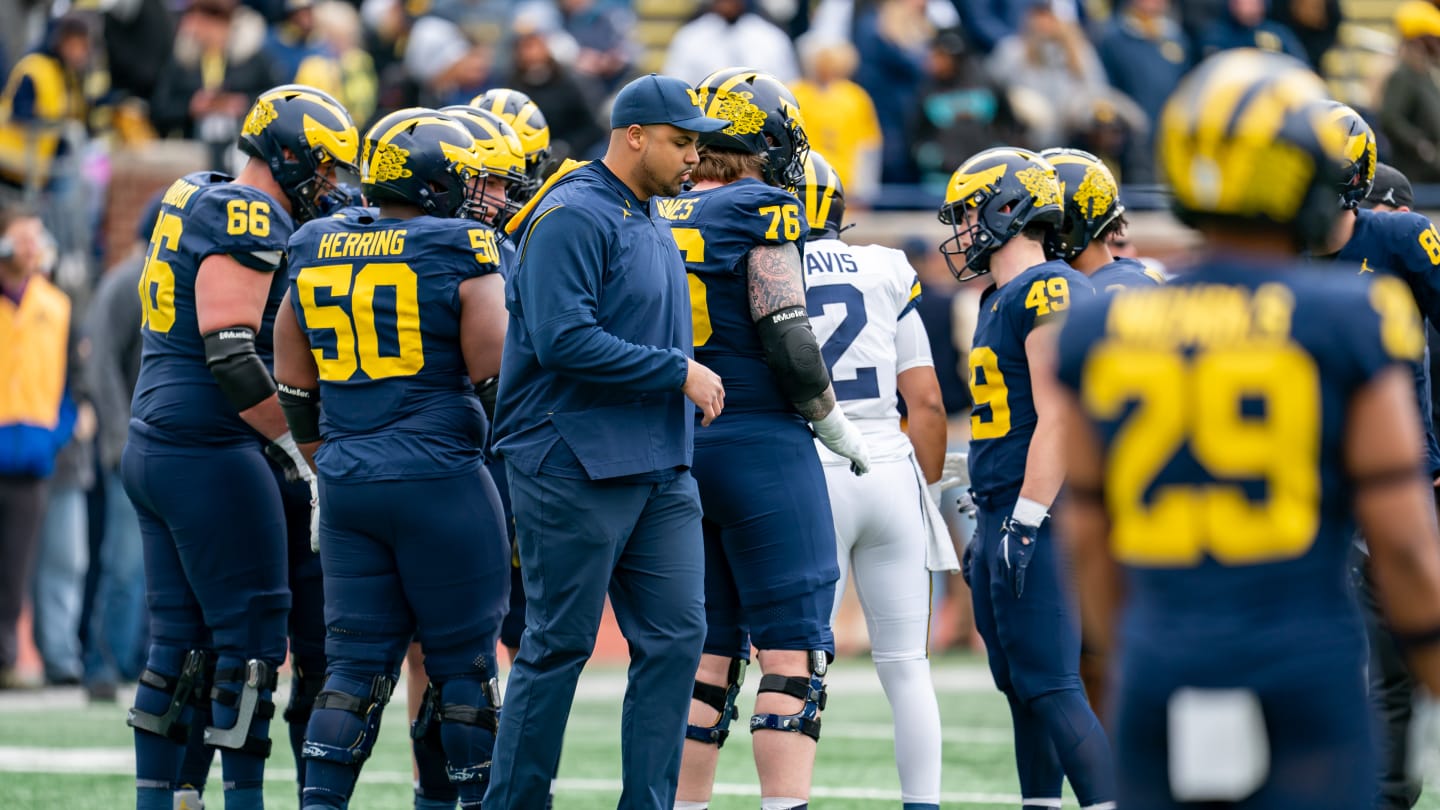First test of the Sony ZV-E10 II: Excellent value for money
Sony’s new ZV-E10 II fixes all the issues I had with its predecessor, offering an affordable and powerful hybrid camera for creatives. While it’s not without compromises, it’s by far the best attempt in this space we’ve seen to date.
In 2021, Sony released its first ZV-series APS-C camera for content creators, the ZV-E10. However, I was disappointed that it came out right when Sony was discontinuing most of its core components. The 24MP sensor was slow and required a crop to even shoot 4K/30p, and there was no option for 4K/60p. Battery life on the old W was a constant problem, the processor only supported the older, poorly designed menus, and video recording was limited to 8-bit color.
Now we have a ZV-E10 II that fixes all of these problems, but also comes with some small compromises.
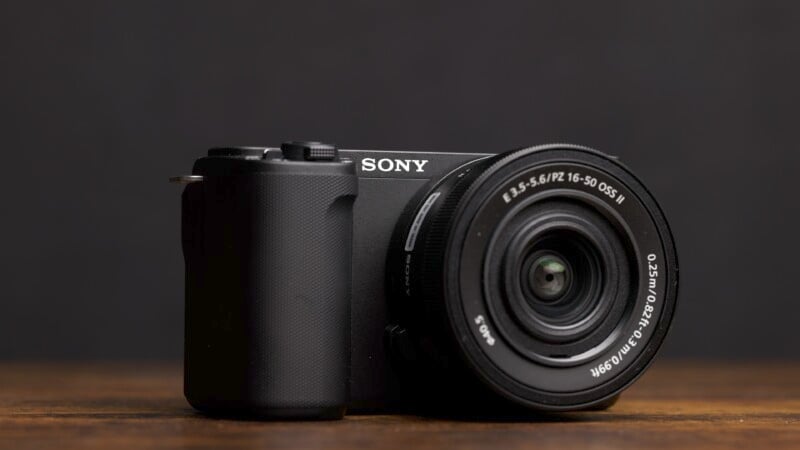
Sony ZV-E10 II review: How it works
In terms of handling, the ZV-E10 feels very similar to its predecessor. External controls are minimal, but there’s space reserved for some returning cool video features. We’ve got the product presentation button, which focuses the camera on an object when held up in the foreground, and a background defocus button, which toggles between the shallowest depth of field and the deepest your lens allows. We’ve also got a zoom rocker around the shutter, which allows digital and optical zooming on a limited number of E-mount power zoom lenses, but the new kit lens is one of those, and we’ll talk about it below.
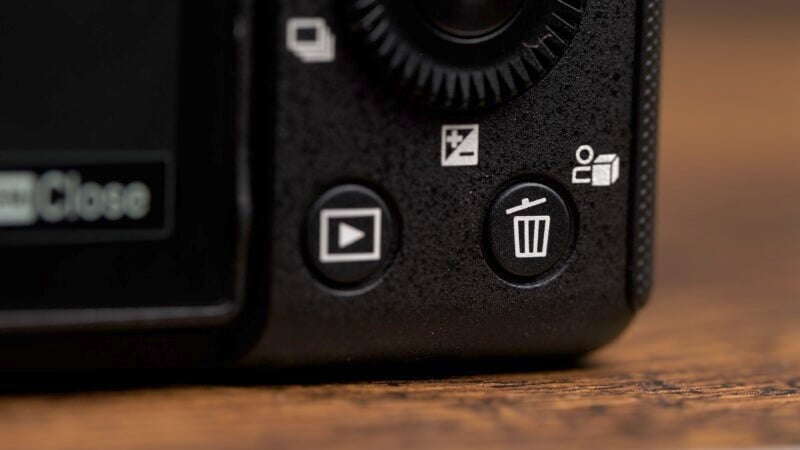
One noticeable change is the deeper camera grip. I found this offered a much more secure grip than the original ZV-E10, but bear in mind that there’s very little room for your fingers when using larger lenses like the Sony 24-70mm f/2.8 GM II that Chris Niccolls used to film the episode. I think the change is justified as it provides the space to use Sony’s much more powerful NP-FZ100 battery. The Sony Z battery is legendary for being quite small yet having an impressive lifespan, and that’s no exception here. We get 610 shots (CIPA certified) and over two hours of 4K recording on a single charge. It’s great to see Sony unifying the power sources across all of its newer mirrorless cameras.
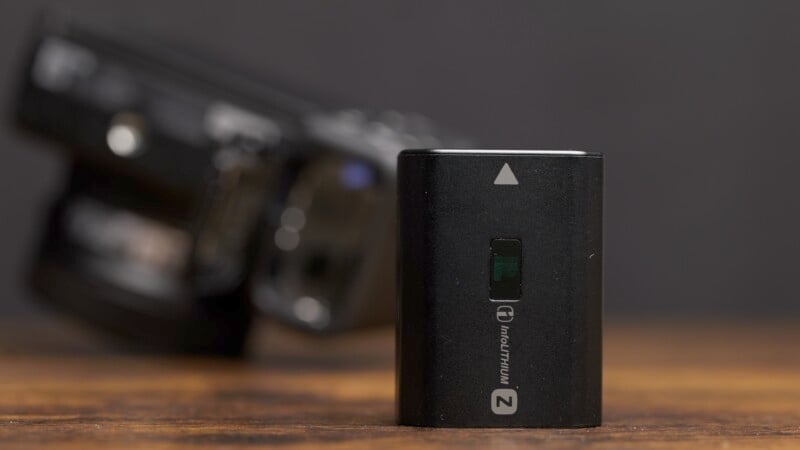
Sony ZV-E10 II review: How it shoots
The APS-C sensor is the newly developed 26MP BSI sensor found in the more expensive a6700 and FX30. It’s much faster than the old sensor, with no crop when shooting 4K up to 30p, and only a small 1.1x crop when shooting at 60p. Unlike the original ZV-E10, there’s no mechanical shutter for stills shooting. While the readout speed is fine, you’ll still notice some “shake” and banding when shooting. It’s also worth noting that the 4K/120p recording capability of the FX30 and a6700 is missing, but that’s understandable given the price difference.
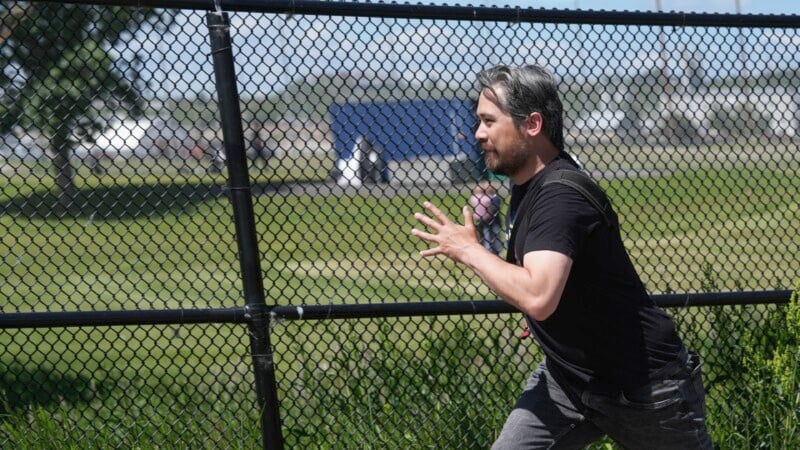
The ZV-E10 II also features the same three-capsule microphone, which lets you choose the direction of the microphone recordings. You can manually set it to prioritize sound in front of, behind, or around the camera, or you can let the camera automatically choose the appropriate recording direction. For windy days, a silly-looking but effective “toupee” windscreen is included.
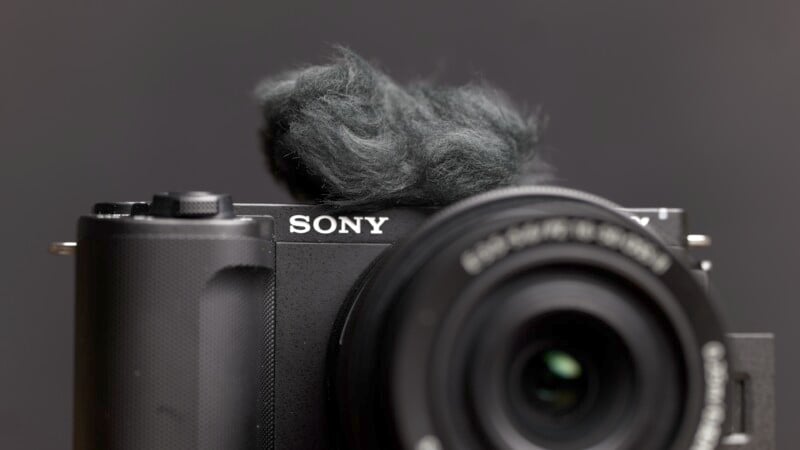
However, it is the processor that is responsible for most of the innovations. 10-bit recording is available in all recording modes, making S-Log3 recording much more useful with less banding and blotchy colors. For those who want to minimize correction time, the S-Cinetone profile is included, which delivers pleasing results straight out of the camera.
The new Sony menu is also included, which is much clearer than the previous, incredibly confusing Sony interface.
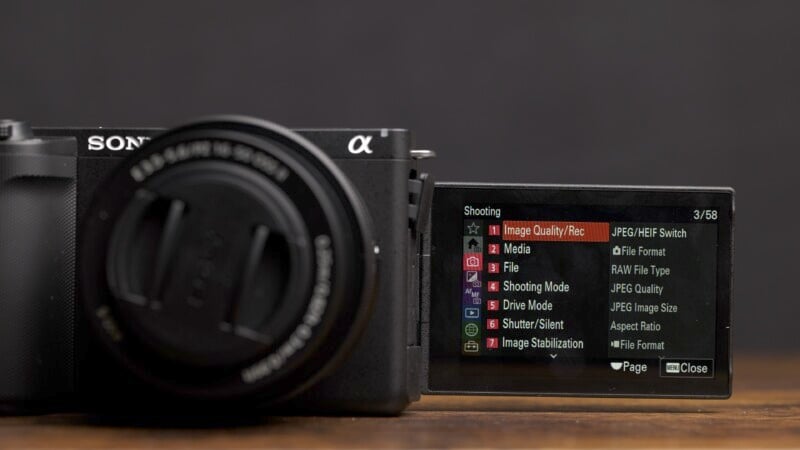
Electronic image stabilization has been significantly improved, which is important since this camera doesn’t have built-in image stabilization (IBIS). Active Steadyshot works very well at faster shutter speeds or faster frame rates, but it still looks odd, with irregularly blurry images at 24p and 1/48 shutter speed – our default settings for YouTube. Get stabilized lenses to fix this particular problem, or increase your shutter speed to mitigate it.
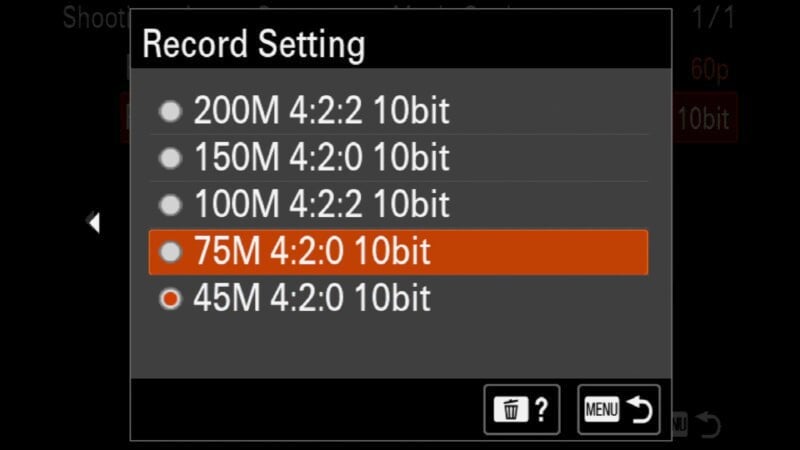
Breath compensation is included. This prevents the field of view from changing as you move the focus between macro and infinity. Breath compensation introduces a crop that depends on how much your lens breathes, but it is very effective. Unfortunately, it is only supported by some Sony lenses, not third-party options.
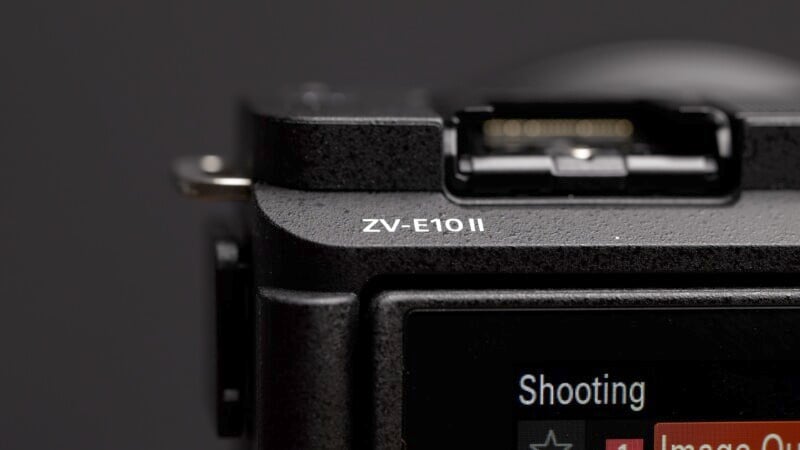
The processor doesn’t have a dedicated AI autofocus chip. This means that autofocus performance isn’t quite as stable as the a6700 in demanding situations, but it’s on par with the FX30, which I found to be a good focuser in general. This also makes sense, as the ZV-E10 II is much cheaper than the a6700.
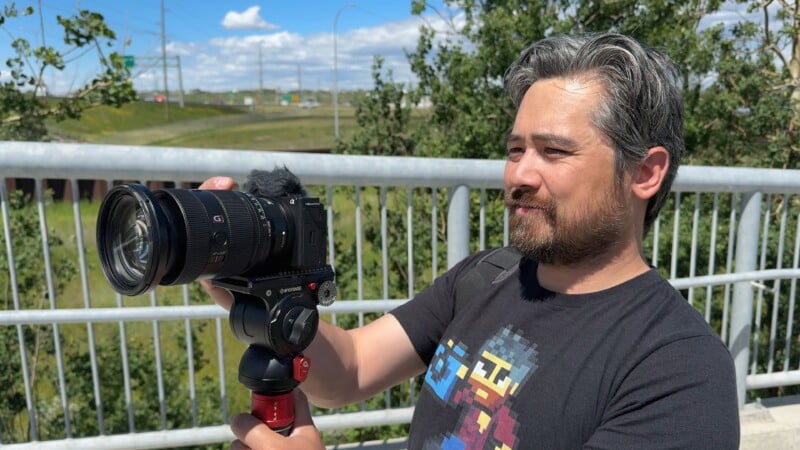
The other major update isn’t part of the camera at all: the Sony ZV-E10 II is the first camera to offer a kit with the new Sony 16-50mm f/3.5-5.6 II. This new version offers improved stability when coupled with a camera with IBIS (which the ZV-E10 II lacks) and can maintain autofocus when zooming. Unfortunately, the optics don’t seem to have been improved, although we weren’t able to test them due to the lens being pre-production. Surely the new lens will be sharp enough for 4K video recording, but if photography is a priority, I’d look elsewhere.
The Sony ZV-E10 II offers excellent value for money
The ZV-E10 II is absolutely excellent value for money for videographers. I may not be thrilled with the lack of an EVF in this range, but of course there are plenty of videographers who are happy to stick with a folding screen. However, the faster sensor, new menus and improved battery life negate most of my issues with the ZV-E10. The ZV-E10 II can certainly capture footage that’s better than a high-end smartphone in many situations, and most really compelling hybrid cameras start at $1,500. So for $1,000, I think the ZV-E10 II is a great choice for content creators, and I expect to be recommending it to a lot of people in the near future.

